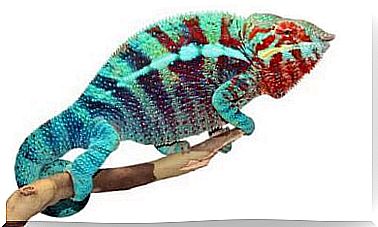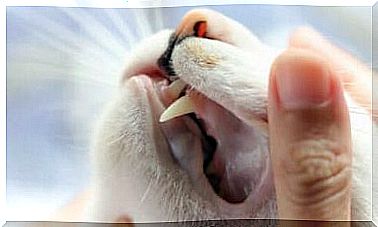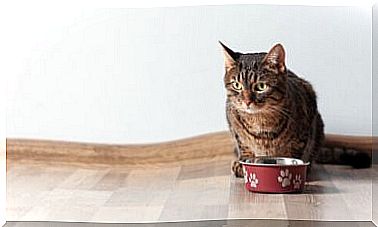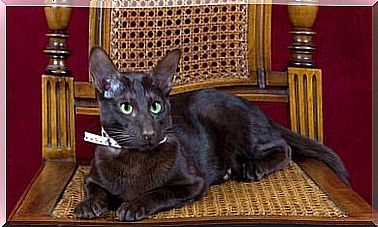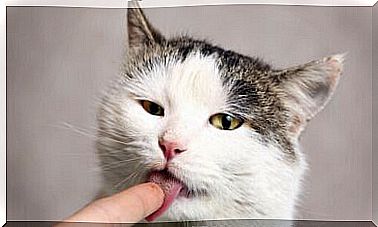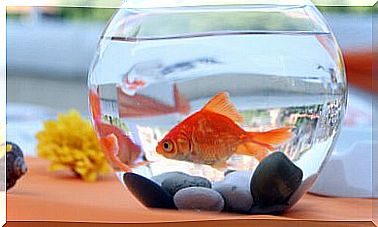The Birds Of Good Luck
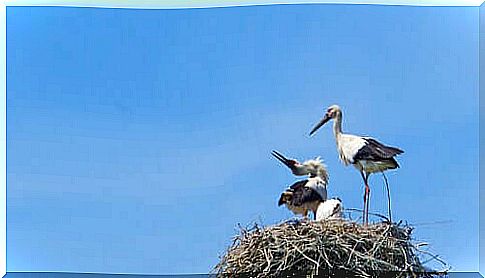
Storks are waders of the ciconiiformes order , which also includes herons and flamingos. All of them are characterized by the long length of the beak, neck and feet. They are migratory birds, making great journeys throughout their lives. They say they carry good luck wherever they go. Therefore, they are recognized as the birds of good luck.
Despite this, they are frequently hunted, having their nests destroyed because they “dirt” or “disturb”. In this way, birds that were once welcome in places are now despised. Here, we’ll tell you everything you need to know about these necessary and majestic animals.
General characteristics of storks
In general terms, it is an unmistakable bird, of large size and remarkable wingspan, which has a characteristic white plumage. The beak, long and pointed, is very intense orange in the case of adults, dirty red in the young and practically black in the young. The feet also have an intense reddish-orange color in adult birds.
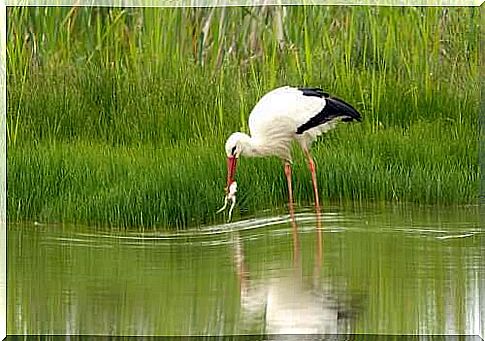
The white stork is a very silent bird. But when she does vocalizations, for example, during courtship or when she’s scared, she does it in harsh tones. The species’ most characteristic sound is its loud chatter produced by the click of its jaws to greet its partner.
spreading good luck around the world
In February, the white stork leaves the African region of the great lakes, where it spent the winter, and goes in flocks for Europe. It sometimes interrupts its migration to East Africa if it encounters an infestation of locusts, as these are its main food source. It then continues its long journey of thousands of kilometers.
Curiosities about these birds
When we talk about good luck storks, we usually refer to Ciconia ciconia , the species with the characteristic white color. Few birds are as familiar as she is and are as deeply rooted in human settlement traditions.
Unlike its black sister, the white stork has the sympathy of a human being. Therefore, it has long been associated with towns and cities, thus managing to enjoy sustenance and protection.
Are they really considered lucky birds?
On the European continent, they were always received with joy. Years ago, people used to prepare platforms on the roofs for them to form their nests. And in many countries, such as Germany or Denmark, they are still considered a symbol of good luck.
Storks and babies
Storks have been linked to the arrival of babies for centuries, thanks in part to a folktale by Hans Christian Andersen. But also because their regular presence on the roofs of the houses gave parents an escape route from the “somewhat embarrassing” situation of explaining to their children where the babies came from.
The storks and spring
Another miracle attributed to the arrival of these birds in the villages is the beginning of spring. That’s why they have become a symbol of happiness and good luck. For a Dane, for example, the return of the storks signaled the end of the cold, harsh winter. Something that is not so reliable today since, due to climate change, these birds come back earlier and earlier.
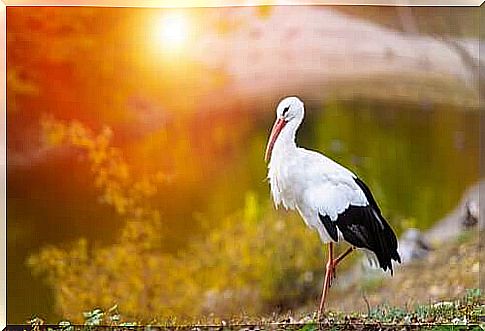
Are storks still considered birds of good fortune today?
In general, the average citizen is annoyed by wild animals. Noise, excrement, possible illnesses, damage and accidents. And this is a reality that we must change.
Storks, like many other birds, protect themselves during the breeding season, which is perhaps what bothers humans the most, as it is the time when the bird nests on top of buildings: often in historic buildings, such as churches and steeples, and at other times in electric light towers. This can lead to safety issues due to falling branches, power cuts or deterioration of urban material.
Therefore, it is necessary to develop methods capable of reestablishing the good relationship that existed between man and these birds of good fortune. By respecting the natural ecosystem of animals, we can prevent them from excessively invading our cities, and the more facilities we give them, the more they will take care of the environment.

